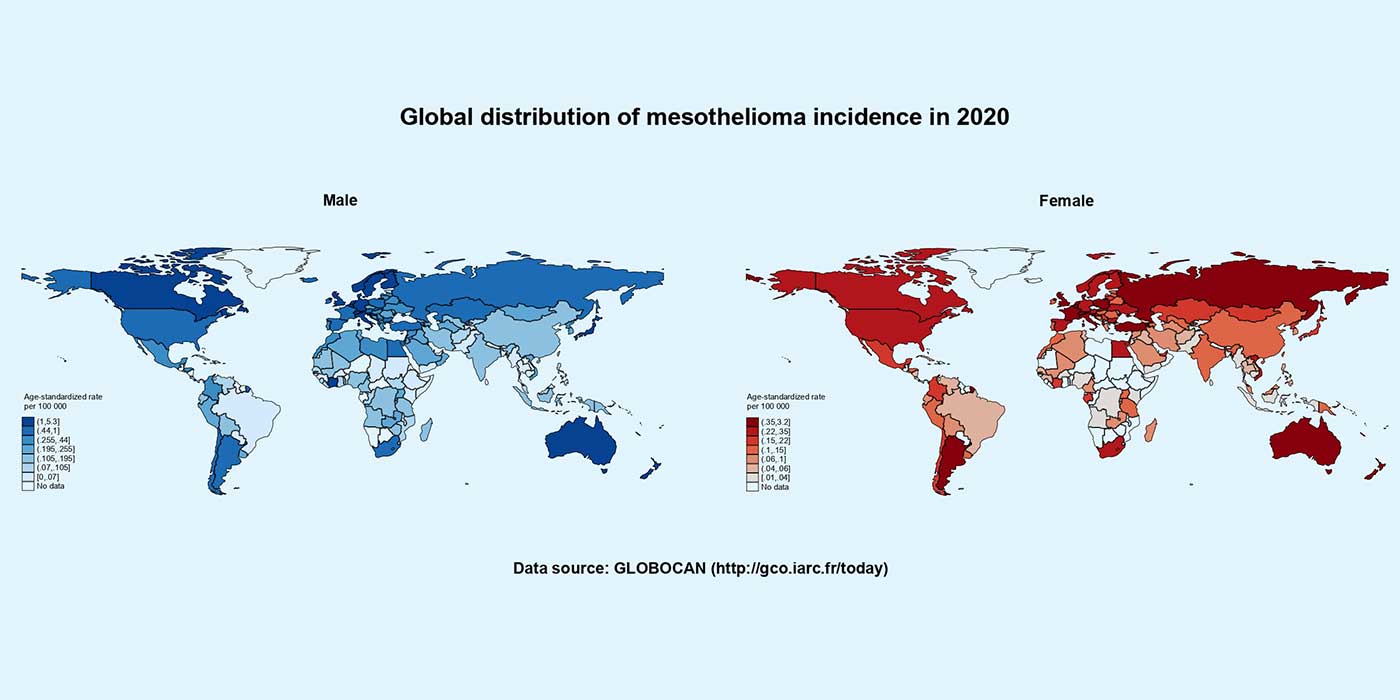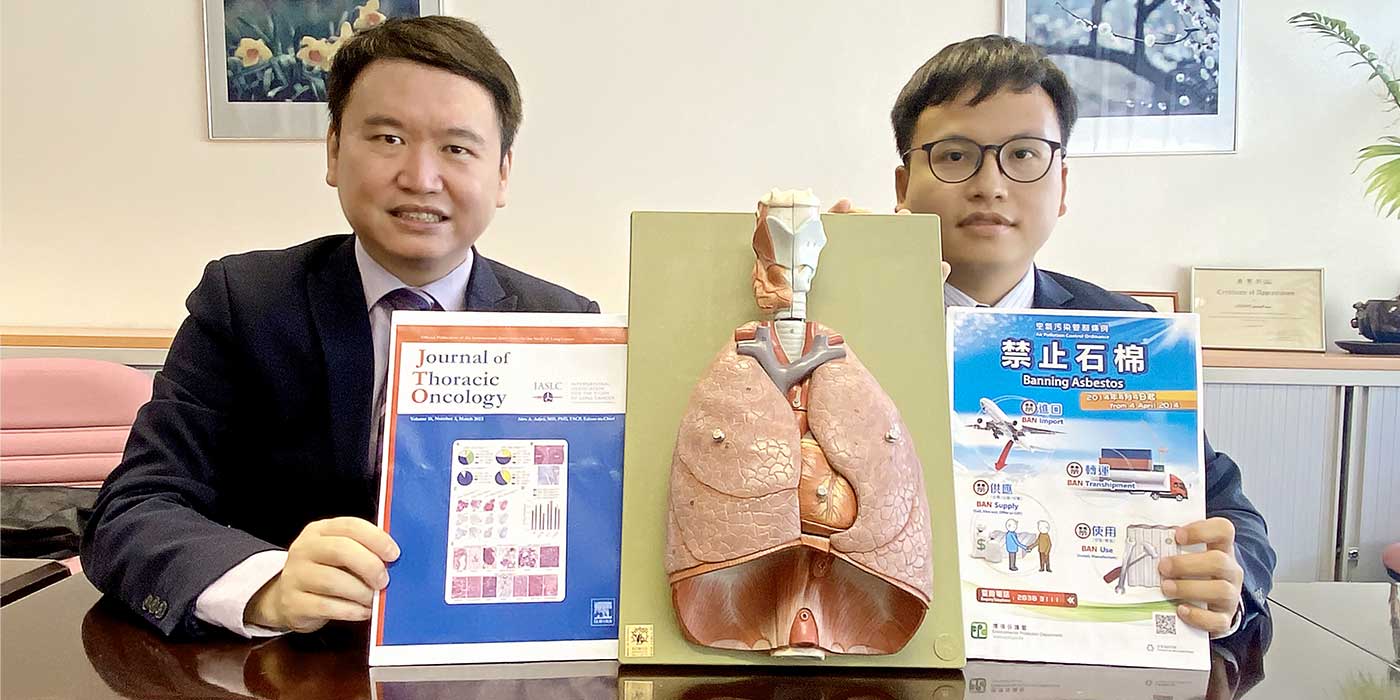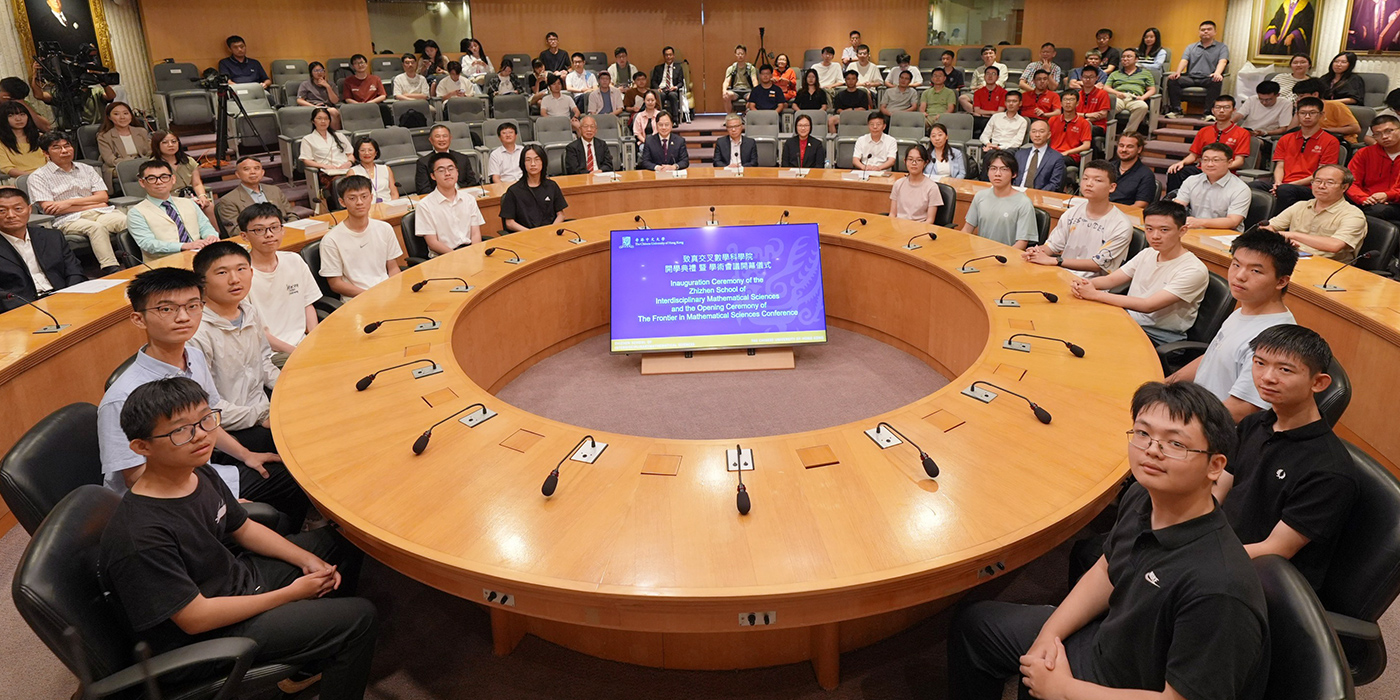Study reveals a rising trend of mesothelioma incidence in females
Mesothelioma has a very poor survival rate compared to other cancers: only 8% over five years on average. Medical researchers are always seeking new treatments and knowledge of this disease. CUHK’s Faculty of Medicine has conducted a study with the Association of Pacific Rim Universities to investigate the global distribution, risk factors and epidemiological trends of mesothelioma. The results showed that the incidence of mesothelioma was higher in high-income jurisdictions and was closely related to per capita gross domestic product (GDP), human development index (HDI) and the prevalence of occupational exposure to asbestos at the country level.
The global incidence of mesothelioma has shown an overall declining trend in recent years due to restrictions on asbestos use. However, an increasing trend was observed in females in some countries. The researchers recommended that risk factor control and early cancer detection should be implemented among high-risk populations. Details of the study were published recently in the renowned international medical journal Journal of Thoracic Oncology.
Mesothelioma is a rare cancer that starts in the thin layer of tissue (mesothelial cells) covering the surface of internal organs. About three-quarters of mesothelioma first appears in the chest, where it is known as pleural mesothelioma. Most patients develop the disease at between 40 and 70 years old, and it is more frequently found in males than females. The formation of malignant pleural mesothelioma is strongly associated with exposure to asbestos in specific occupations, in the general environment or through contact with construction materials. Common symptoms include coughing, tiredness, weight loss, difficulty breathing, abdominal swelling and chest wall pain due to fluid retention in the lungs.
The research team retrieved data from international databases such as the Global Cancer Observatory, International Cancer Incidence Database and WHO Global Health Observatory Data Repository for the age-adjusted incidence and prevalence of different risk factors. The researchers found that the disease burden of mesothelioma varied across regions, with Northern Europe having the highest incidence. In addition, the disease burden of mesothelioma was proportional to GDP, HDI and the prevalence of occupational asbestos exposure. This implies that a country or region with a higher level of those risk factors will have increased morbidity from mesothelioma.
Mesothelioma incidence has been declining globally over the past decade, yet an increasing trend was found in females in some economies. Using the “Average Annual Percentage Change” for comparison, the largest increase in incidence rate among females was found in Thailand, followed by Bulgaria and South Korea.
Dr Jason Huang Junjie (right, photo above), the first author of the study and research assistant professor from the Jockey Club School of Public Health and Primary Care of CUHK’s Faculty of Medicine, said, “Our study provides the most up-to-date evidence on the global distribution, risk factors and trends of mesothelioma. Policymakers should implement evidence-based, targeted prevention strategies to control relevant risk factors, especially exposure to asbestos.”
Professor Martin Wong Chi-sang (left, photo above), the senior corresponding author of the study, also from the Jockey Club School of Public Health and Primary Care, added, “It is alarming that it is increasing among females in some regions. The causes of this trend remain unknown and could be related to non-occupational exposure to asbestos, such as in the general environment. Future studies should explore the reasons behind these epidemiological transitions, so that they can provide insights into the cause and prognosis.”

The full paper can be read here.




















